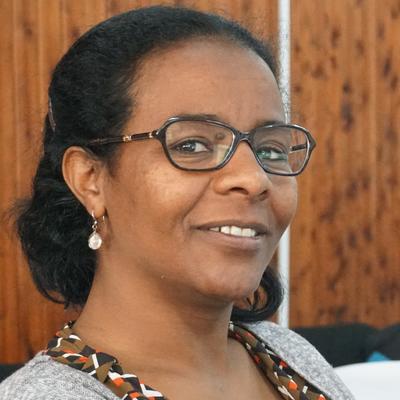Climate Information Services: from Tomorrow’s Weather to Next Year’s Harvest
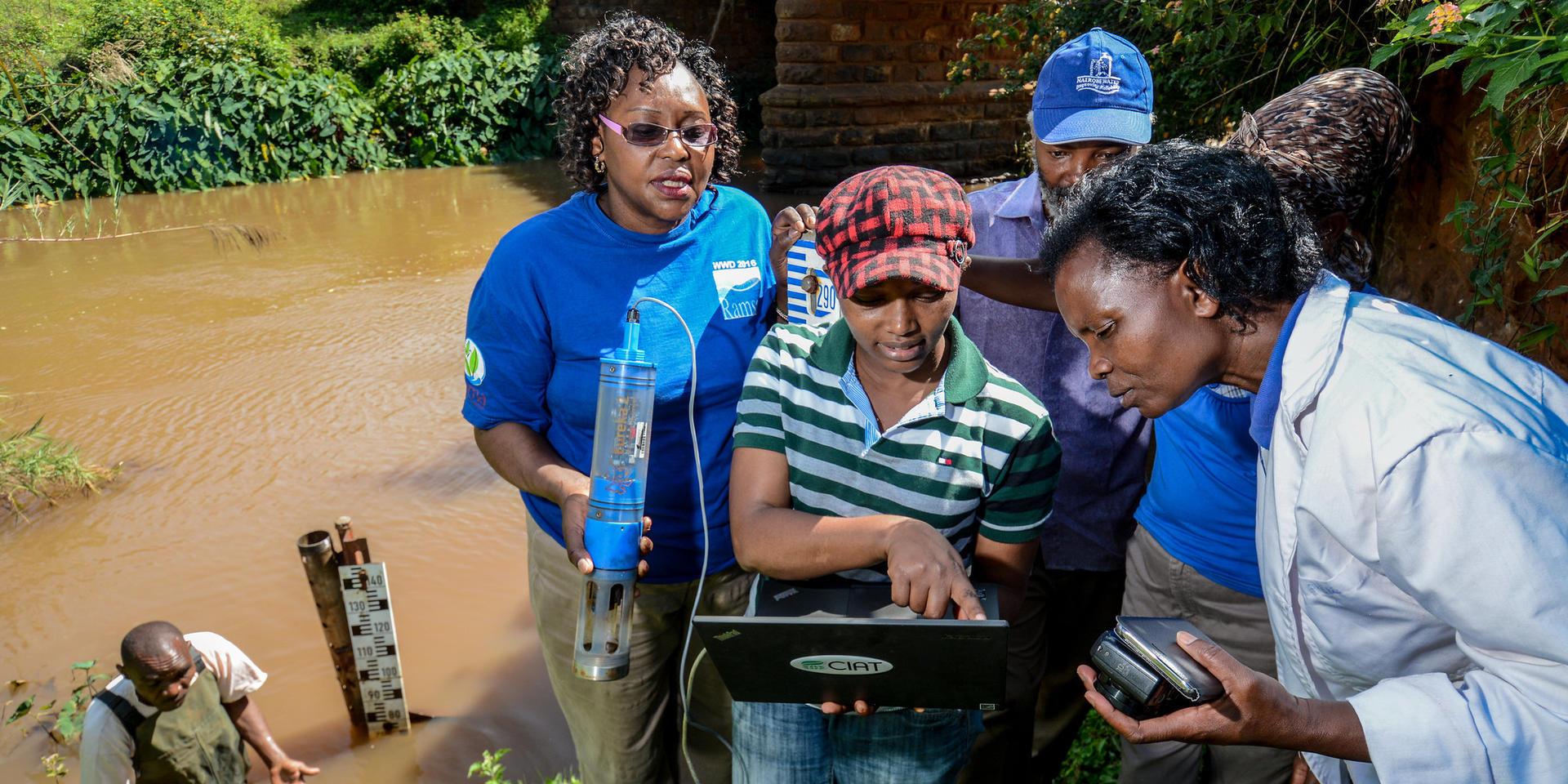
Extreme weather and year-to-year climate variability mean that accurate and accessible climate predictions are essential for farmers’ decision making on which crop varieties to choose, how to monitor progress, which dates to harvest, and more.
Below, Julian Ramirez – Principal Scientist at the Alliance with expertise in climate variability adaptation and climate-crop modeling – offers insights into the importance and applications of climate information services, with examples of the Alliance of Bioversity International and CIAT’s progress in developing and upscaling these increasingly essential services.
Expert Q&A on Climate Information Services
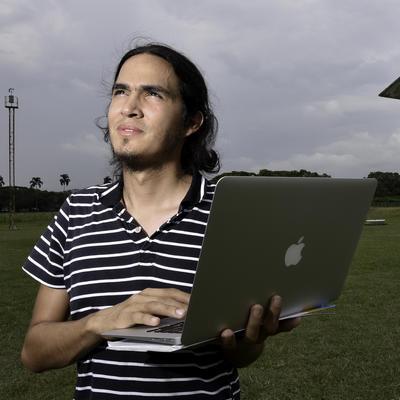
Julian Ramirez-Villegas
Principal Scientist on Climate Impacts1) What exactly are ‘climate services’?
The term ‘climate information services’ is not necessarily self-explanatory. ‘Services’ typically refer to the provision of something tangible, such as a mobile phone service or a household energy service. However, climate information is a service too, referring to the provision of data and knowledge to inform agricultural decision making.
2) What do climate information services look like for farmers?
To give an example, take a key question that every farmer asks: ‘when should I plant my crops?’. The optimal date for planting depends on various factors, including temperature, soil moisture, as well as how soil moisture will change in the following days and during the rest of the season. Rainfall is the main source of irrigation water for many farmers, making rainfall predictions extremely important.
A climate information service can give farmers data and tools to monitor conditions in their field, and provide both short- and long-term weather predictions to help them choose planting dates, thus reducing the risk of crop failure and increasing the chances of a good income in the harvest season.
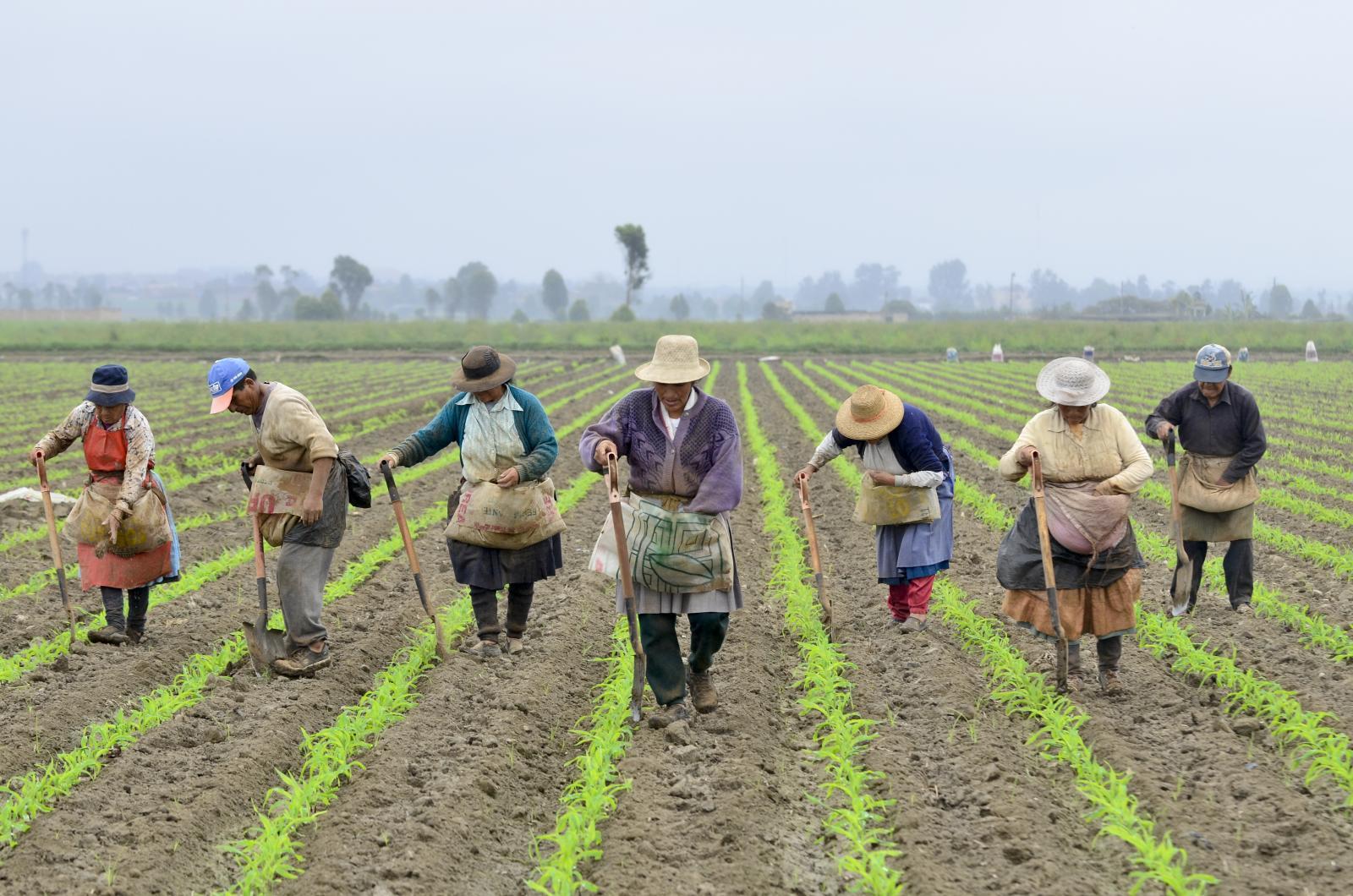
Farmers in Cañete Peru leveraging a common understanding of reliable climate predictions. Credit: Neil Palmer/Alliance Bioversity International and CIAT.
3) how can we overcome the challenges to ensuring that farmers benefit from climate services?
One persistent challenge is scientists’ and service developers’ assumption that all information is useful to farmers. This assumption can result in an excess of recommendations, overwhelming farmers and limiting their interest in testing these services.
To overcome this top-down approach, the scientific community must shift towards win-win situations where climate services are designed with the end users – farmers – in mind, following human-centric and participatory design principles, directly addressing farmers’ immediate needs, rather than designing services based on the interests of the developers.
A second challenge is how to reach a common understanding of how reliable climate predictions can be, as the development of climate information services depends almost entirely on predictions.
While predictions are often imperfect, in most cases predicted trends – based on past data – are a fairly good indication of the future, and therefore, very useful.
Generally, it’s better to have some imperfect information than no information at all, in the same way that blurry vision is preferable to being totally blind.
4) What is the future of climate services? What are the biggest opportunities?
Digital technologies may hold the key to making climate information accessible in rural areas across the world. To maximize these technologies, we employ a user-centric design approach to understand what information users need, and – even more importantly – how they can access and understand this information. We create learning spaces that allow farmers and scientists to meet and discuss tools that work for their contexts; for example: working with Ethiopian pastoralists, and co-developing an agricultural database.
A second major opportunity for us is the livestock sector. We recently published a paper in Nature Sustainability where we discuss climate services as a key climate risk management strategy for livestock farming in climate hazard-exposed areas. Livestock systems are less advanced than crop systems in using climate information for decision making, but there is untapped potential for information services to support farmers with veterinary services, feed and water management, market fluctuations, and plenty more.
5) How are services changing with access to digital and mobile technology?
Increasing access to digital technology – primarily through smartphones – makes it easier and faster to reach more people, and offer more varied content. Digital technologies also offer us the opportunity to bundle support: A good example would be the bundling of climate and financial services for farmers who are looking for a small loan; climate information services and technical farming advisory could be offered by the lender as a mechanism to maximize loan repayment, creating a win-win situation.
However, digitalization can also create complications. The spread of climate information services from various sources can create confusion, especially if these sources contradict each other. To make sure farmers receive the most accurate information possible, we need to manage digitalization, especially taking into account gender and cultural biases, and changes in power relationships.
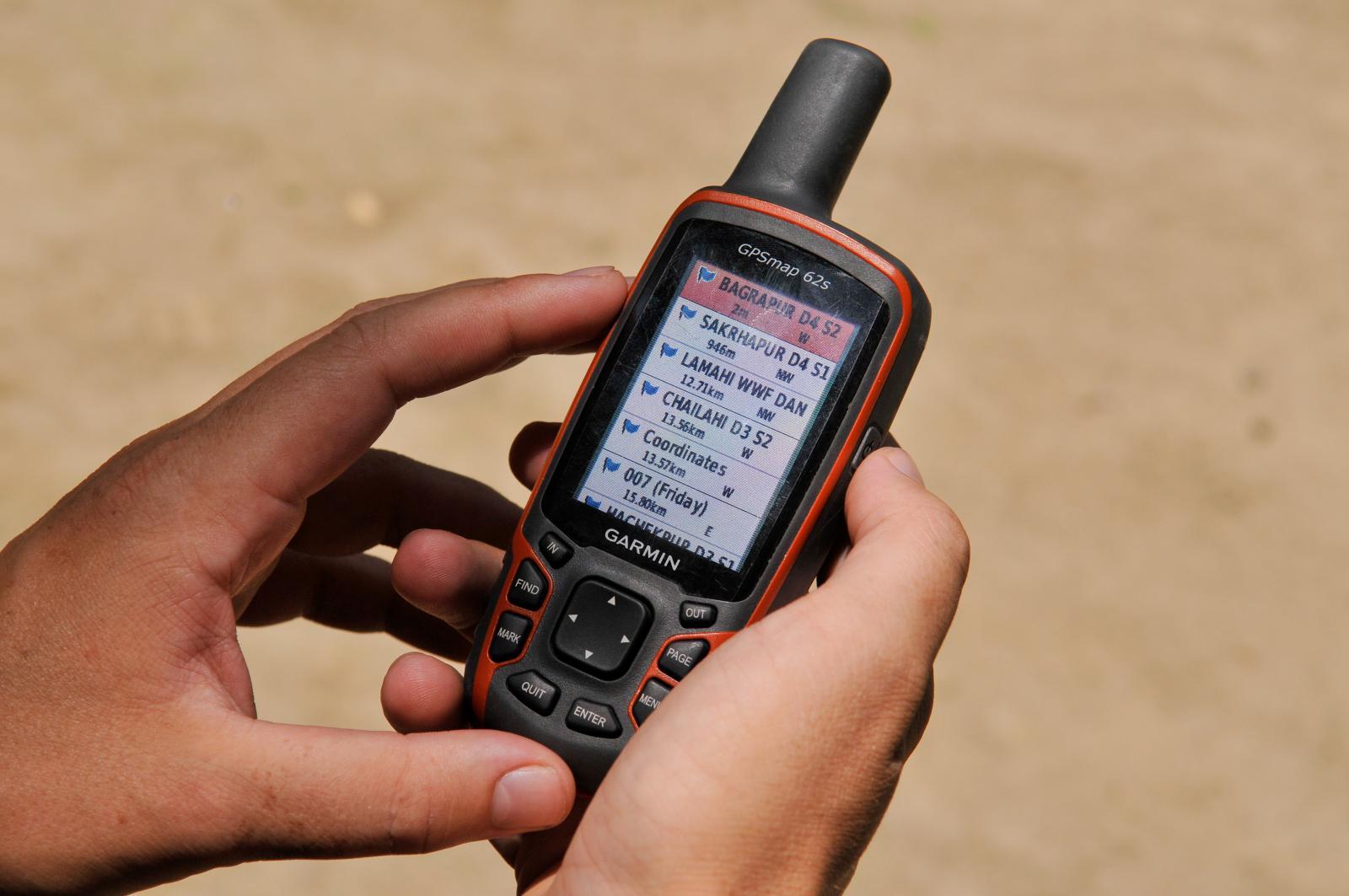
Farmers accessing digital and mobile technology through The CGIAR Research Program on Climate Change, Agriculture and Food Security (CCAFS) Farms of the Future research project in Nepal. Credit: Alliance of Bioversity International and CIAT
6) What is unique about CGIAR’s work on climate services?
CGIAR’s research teams have over 10 years of experience in implementing climate services in low- and middle-income countries, and we’ve developed great innovations for vulnerable communities in these countries. What we do best is the brokering of partnerships and bringing together stakeholders from multiple disciplines to solve problems.
We gave some good examples of CGIAR climate information services from a former research program on climate change, agriculture, and food security (CCAFS) in Senegal and Colombia, where we transformed both how risk was managed, and how Senegalese institutions worked together to support farmers in managing risks. Similarly, at the Alliance we have examples of our climate services innovations working at scale in 20 countries across Africa, Latin America, and Southeast Asia.
Through these services we are reaching millions of farmers, offering context-appropriate and actionable climate information for their decision making and agricultural planning.
7) Traditionally, what have farmers used to inform their decisions? Are they effective?
When you go to the field, you realize that farmers use many ways to predict weather and climate conditions. They do it one way or another because they need it. We call these prediction methods ‘heuristics’. There are all sorts of heuristics, including the patterns of migratory birds, or even specific sounds that bulls make in the field, which have usually indicated climate trends. Sometimes these can be quite reliable, but there are other indicators – such as moon phases, or crop/animal behavior in the previous season – which aren’t very reliable.
8) What questions do you ask farmers to understand their context and co-develop useful services?
We ask many questions! The most important question is probably about their perception of weather and climate: it is crucial to first understand how farmers experience climate and its effects. Next, we need to know whether and how they currently plan their farming activities to adapt to climatic conditions. In this process, we may learn about crops they grow, specific practices they employ, and information they use for decision making. It is only when we have a common understanding of what their farms look like, what impacts they perceive, and what decisions are most important that we start discussing what information may be most useful to them. In many cases, co-design means that we need to combine farmers’ traditional knowledge with our own scientific knowledge and experience.
Explore our Climate Services work around the world:
Climate Services in Africa |
Where we work |
Best examples of our work |
Our researchers |
|
Climate-informed advisories delivered at scale through TV |
Kenya, Zambia |
Episodes at Shamba Shape Up’s webpage In Zambia, the show is called Munda Make-Over |
Dr. Aniruddha Ghosh |
|
Participatory climate services reaching 1M farmers in Rwanda |
Rwanda |
DACA Android Mobile App [link] Rwanda Climate Services for Agriculture [link] |
Dr. Desire Kagabo |
|
Strengthening Ethiopia’s capacities to deliver high-quality climate information in the hands of farmers and pastoralists |
Ethiopia |
EDACaP Climate Services for Agriculture Platform [link] Clim-ARM project [link] Water Point project [link] |
Sintayehu Alemayehu (for the livestock piece)
Dr. Lulseged Desta (from Landscapes Lever) |
|
Senegal spearheads West African efforts to manage climate risk |
Senegal, but could also mention Ghana |
Pastoralist water point monitor [link] ANACIM MapRoom [link] PICSA work in Senegal [link] Co-Production Senegal [link] |
Climate Services in LAC |
Where we work |
Examples of our work |
Our researchers |
|
AClimate platform provides advisory to farmers ahead of strong El Niño/La Niña season |
Colombia Guatemala Honduras |
AClimate Colombia [link] ¿Va a llover o no? platform for rice in Colombia [link] AClimate Guatemala [link] AClimate paper [link] Synthesis of climate services in LAC [link] Our impact as measured by outcome harvesting study [link] |
Carlos Navarro (Guatemala)
Diego Obando (Honduras)
Dr. Diana Giraldo (Colombia) |
|
Melisa chatbot – the ‘oracle’ for Colombian farmers |
Colombia |
||
|
Big data and climate forecasting saves losses to rice farmers |
Colombia |
Blogpost [link]
|
Climate Services in Asia |
Where we work |
Examples of our work |
Our researchers |
|
DeRISK SE Asia project reaches over 300k farmers |
Vietnam, Laos, Cambodia, Myanmar |
SESAME Mobile App Barlis et al. [link] Vietnam project results workshop [link] Crop decision trees [link] |
Dr. Kees Swaans |
|
Asian Mega Deltas initiative |
Mekong Delta countries |
t.b.d. with input from Kees/James |
Dr. Kees Swaans |
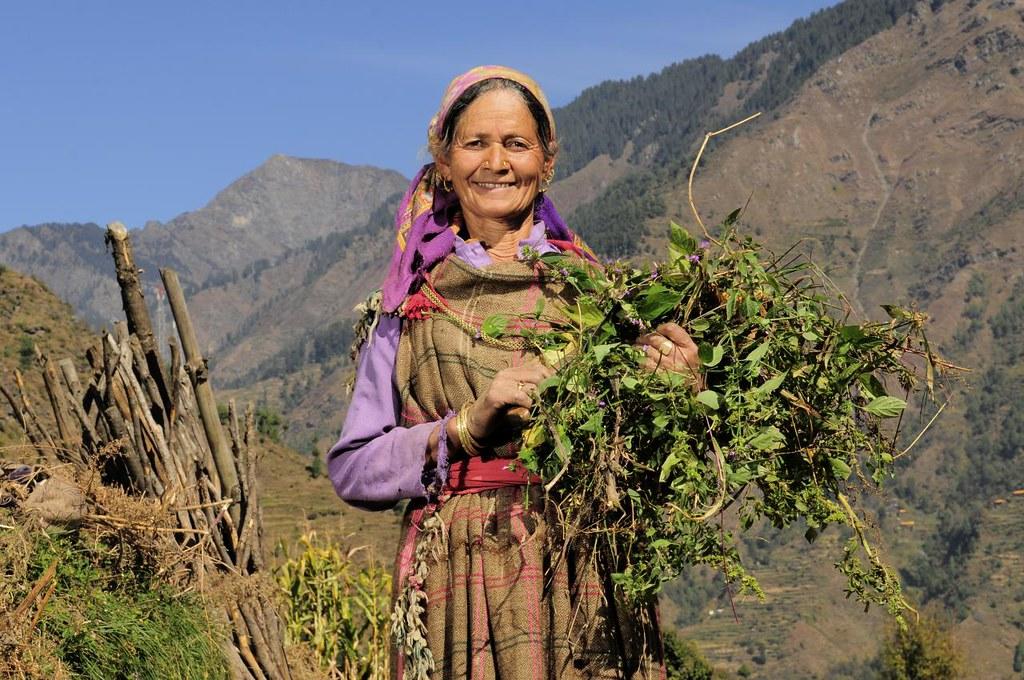
Climate-smart agriculture – Himalayas in Himachal Pradesh, India. Credit: Neil Palmer/Alliance Bioversity International and CIAT.
Meet our Researchers

Mathieu Ouedraogo
Senior Scientist
James Edward Giles
Climate Strategy Specialist
Carlos Eduardo Navarro Racines
Research Fellow
Issa Ouedraogo
Senior Scientist, Country Representative for Senegal
Diana Giraldo Mendez
Research Fellow
Sintayehu Alemayehu
Research Team Leader
Steven Sotelo
Research Team Leader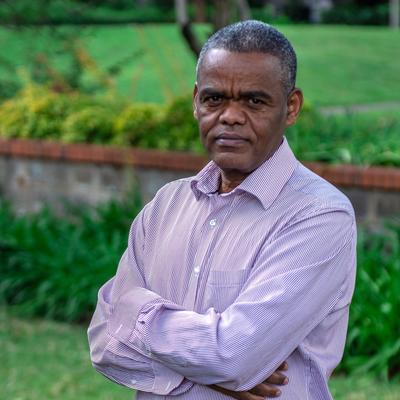
Lulseged Desta
Director, Multifunctional Landscape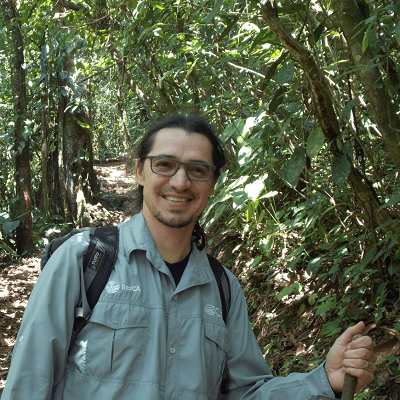
Diego Obando Bonilla
Senior Research Associate, Honduras